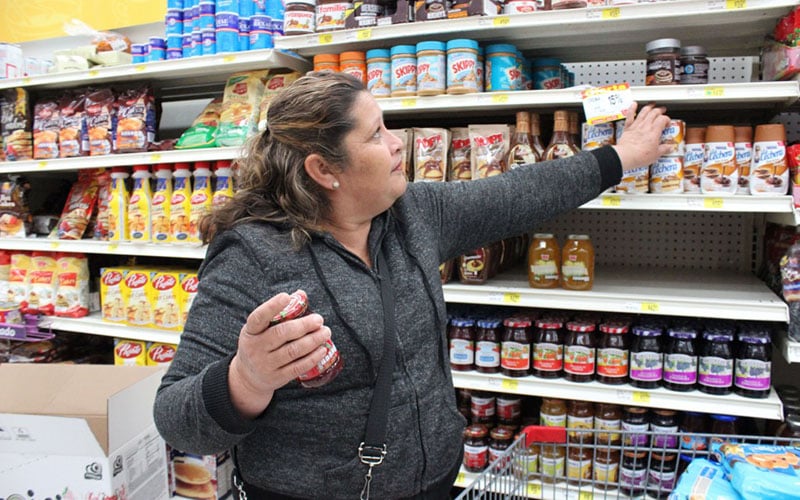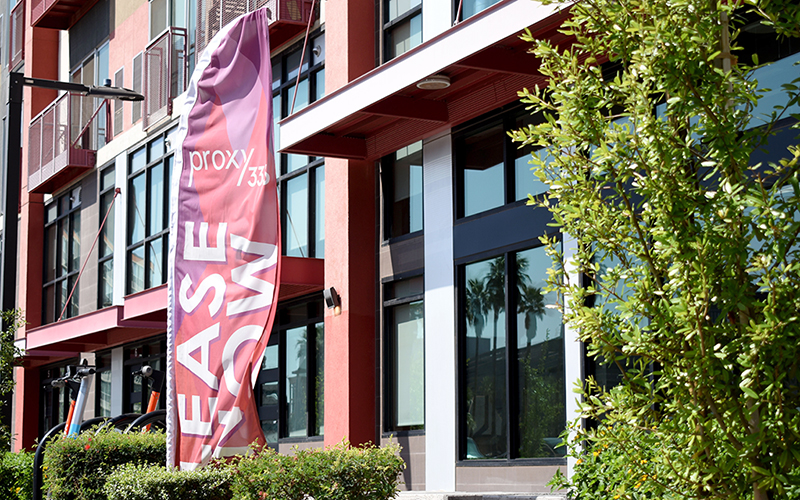WASHINGTON – Despite rising inflation and high gas prices, White House officials insisted this week that Arizona is sharing in the nation’s “robust” economic recovery, with low unemployment, and expanding wages in the state.
The call with reporters by White House Council of Economic Advisers Heather Boushey and Jared Bernstein on Monday was part of an administration messaging effort to highlight gains in all 50 states. Beside pointing to several positive indicators, they also said the economy under the Biden administration is well-suited to absorb any “shocks and crises.”
“We came out of this recession so quickly and so robustly,” Boushey said. “We’ve been able to create a lot of resilience in the U.S. economy over the past year or so.”
Critics took issue with the administration’s assertions, saying consumers may not share that view of a flourishing economy.
“I don’t think that Arizonans feel that the economy is doing well when they’re paying $5 a gallon for gasoline, and when the cost of getting groceries goes up every time you go to the supermarket,” said T.W. Arrighi, a National Republican Senatorial Committee spokesperson.
The Bureau of Labor Statistics said the Phoenix-Mesa-Scottsdale area saw a one-year inflation rate of 11% in April, well above the national rate of 8.3% for that month. Gas prices in Arizona hit the highest-recorded average price at $5.181 on Wednesday, according to AAA.
Bernstein said that while “we completely recognize and are doing all we can to help ease the price pressures that families face, we shouldn’t lose sight of the strong backdrop that is helping families to cope with that challenge.”
“Imagine trying to meet this price of the pump issue with an unemployment rate that was multiples of that,” he said.
A White House fact sheet released Monday on Arizona showed that the state added 152,500 jobs since January 2021. The biggest growth came in the trade, transportation and utilities sector, which added more than 38,000 jobs in the last year, the report said.
According to the White House, Arizona’s real gross domestic product was 6.2% higher in the fourth quarter of 2021 than the same period of 2020. In financial services and real estate, the state’s largest business sectors, real GDP in the fourth quarter grew by 7.5% over the previous year, compared to 3.0% in 2020 and 4.9% in 2019.
The job gains in Arizona might not provide the full picture, though, said George Hammond, director of the Economic and Business Research Center at the University of Arizona. He noted the state has so far only been able to replace the jobs lost during the first two months of the COVID-19 pandemic.
Hammond said Arizona still needs an additional 134,000 jobs to catch up to the strength of the pre-pandemic labor market.
“We’re going to need to see much faster labor force growth in the future if we are going to get back on that prior trend,” Hammond said. “We’ll need to see more people participating in the labor market or people moving to the state. Without that, we’re really going to struggle to get back to that trend.”
Arizona unemployment currently stands at a historically low 3.2%, sparking a labor shortage that has left businesses scrambling to find workers and vacancies unfilled.
But Arrighi said it’s not unemployment but things like inflation and gas prices “that people track as to whether or not they feel good about the economy. And none of those things are good right now.”
The White House advisers attributed the rising prices to the war in Ukraine and the supply-chain issues brought on by the pandemic, a sentiment echoed by Garrick Taylor, a spokesperson for the Arizona Chamber of Commerce and Industry.
“The thing is that oil and natural gas are worldwide commodities and Arizona does not pump oil nor does it refine it,” Taylor said. “So we’re paying for the cost of transportation and distribution on top of the production costs that have spiked.”
Bernstein said the Biden administration is trying to ease pressure on consumers through such efforts as lowering “dwell time” of ships at key ports and working to reduce the federal deficit, which the Congressional Budget Office predicts will fall by $1.7 trillion this year.
But Bernstein said the administration also respects the Federal Reserve’s independence as the nation’s primary inflation-fighting institution.
Hammond said the economic recovery in Arizona is indeed strong but uneven, with some parts of the state doing better than others. He remains uncertain on what the future might hold.
“While job growth is going to be strong this year, we’re going to see a major de-escalation in income growth because the pandemic-related federal income support is now gone,” he said.
But Taylor is confident Arizona is equipped to handle the uncertainties of the current economic climate.
“The fact that the economy is doing well should hopefully make for a softer landing in Arizona’s economy than say in some other states that are already struggling,” he said.



